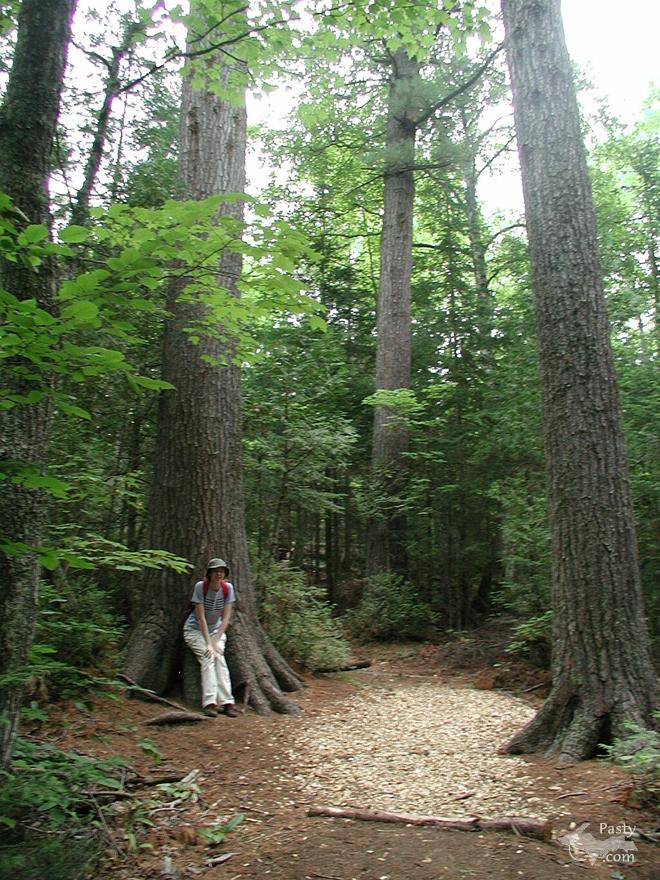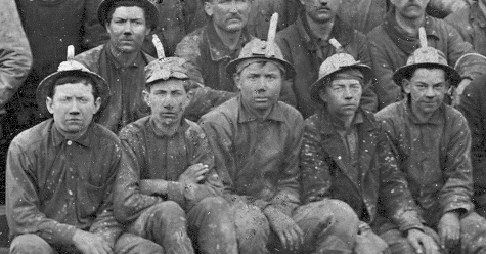|
Past-E-Mail: Cam Notes - 2005: November: Nov 06-05 |
 |

By Alex J. Tiensivu (Ajtiensivu) on Sunday, November 6, 2005 - 12:36 pm:
I LOVE these shoebox memories. They are so awesome and I appreciate this site so much!
which one is the South Kearsarge Mine, Is that the Kearsarge #4 mine. If it is my parents owned that land for a number of years, selling it last year
I love the Shoe Box pics...because I always learn so much about the history of the Keeweenaw, with everyone's posts. Sundays are always an enjoyable lesson in history. ;)
Thanks, CH, for the connections!
Look at the size of the timbers stacked up behind the miners. Maybe that is where the rest of the giant White Pines that weren't fortuitous enough to take root on what is now the Estivant Pines Sanctuary. -(see discussion in todays What's UP)-
Carolyn,
Lol, see what I get for coming on so late in the day, I almost missed getting in on the mining history of the Keweenaw!!
Does anyone know of a place called "Copper-Rama" somewhere in the U.P.? I've been trying to learn of it, if it still exists. They gave tours in a smaller mine.
Alex,
When I was a kid in Hubbell, the Antilla Bros. junkyard had an acetylene generator that used carbide and water to make acetylene gas to fuel the torch for burning iron and steel, scrap metal and auto/truck frames, etc. Then the spent carbide was used as paint or whitewash after being removed from the generator. What a job it was to get it out of there! There were a few of the carbide mining lamps at my great-grandfather, Isaac Holster's house in Paavola. He worked in one of the Quincy mines for a short time.
Paul, |
 |
Here's a list of messages posted in the past 24 hours See our guest photo gallery for more great views from the U.P. |
